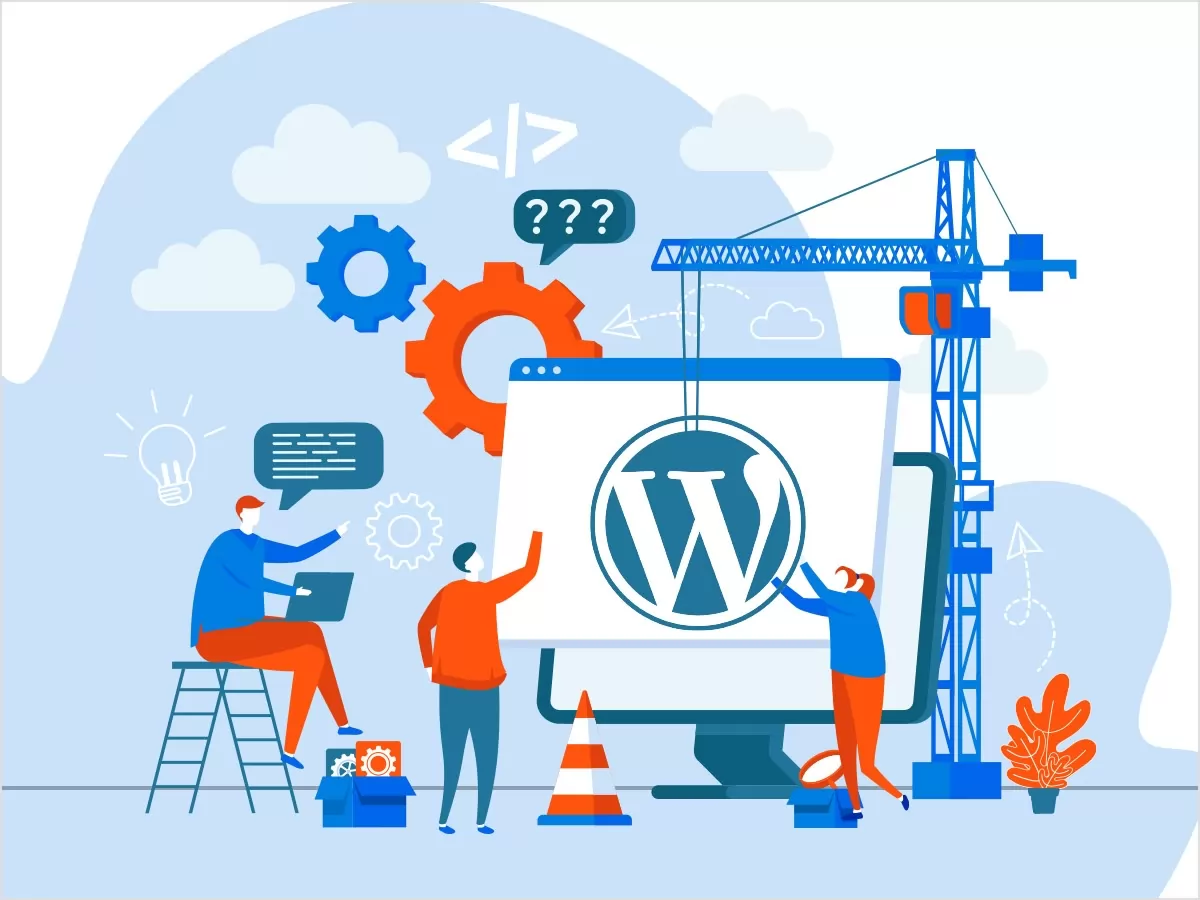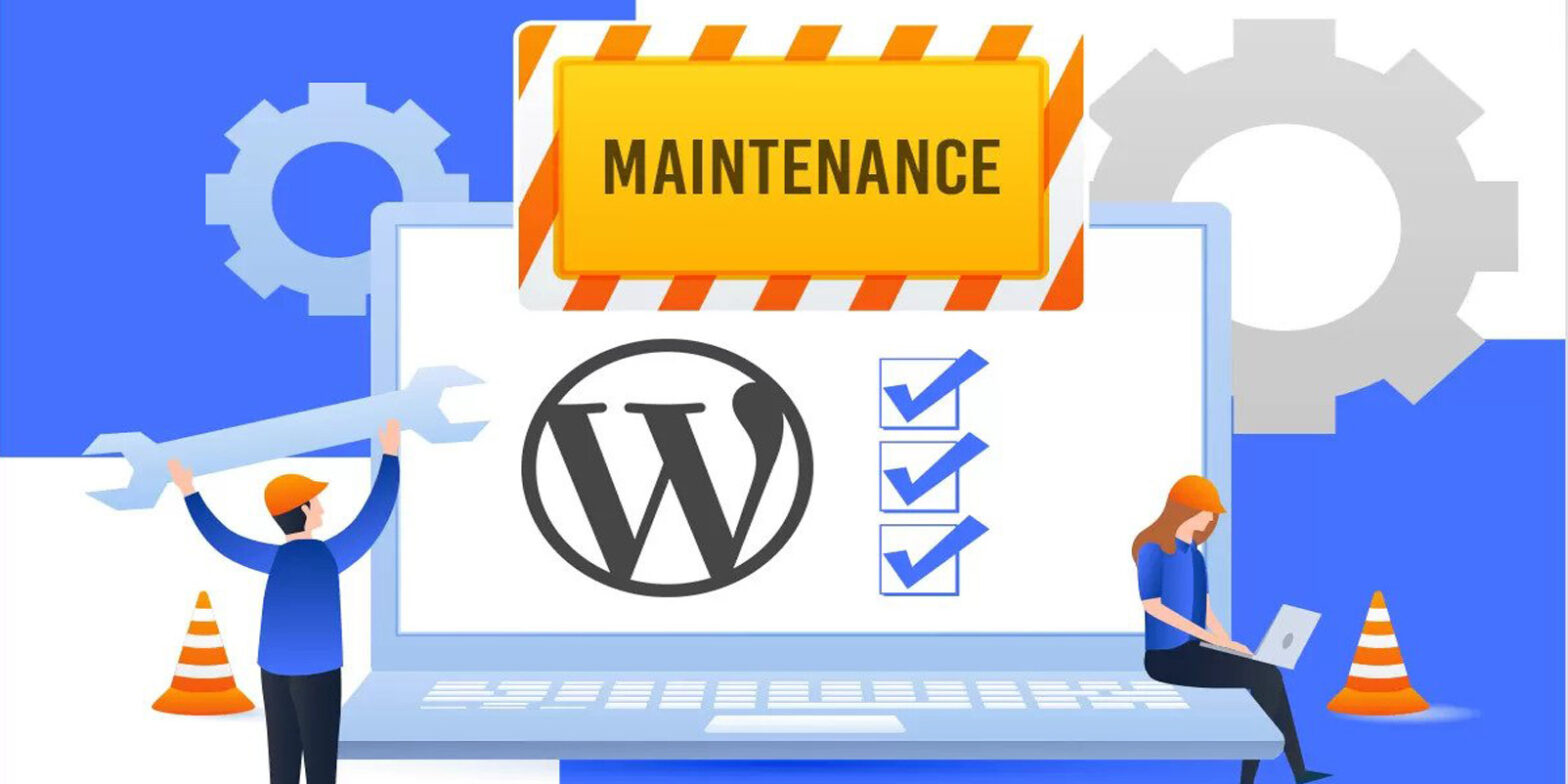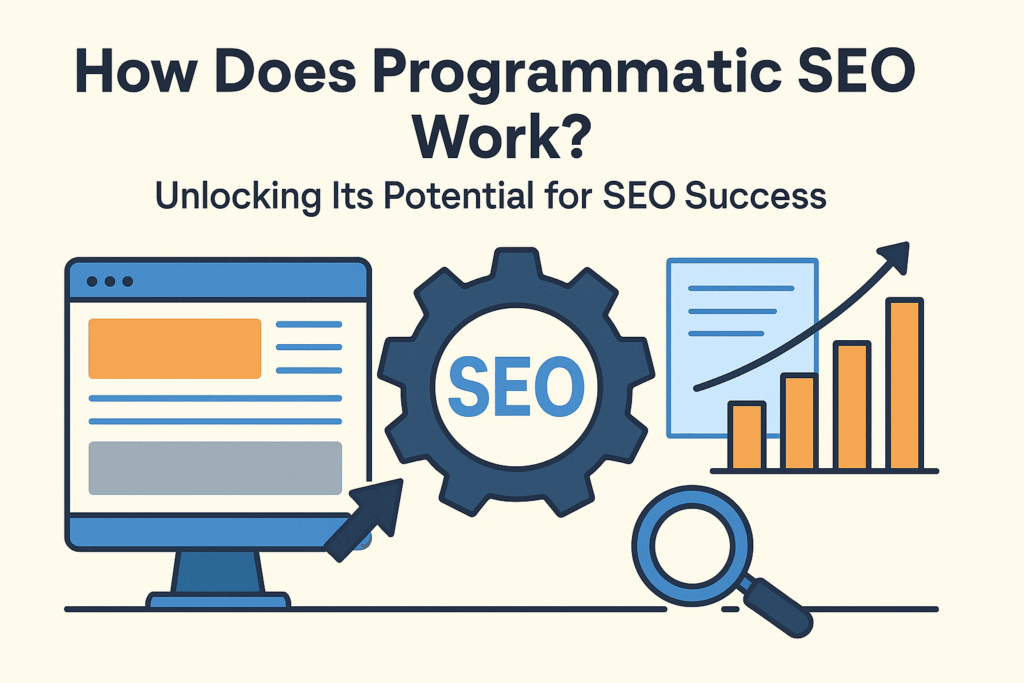Contents
WordPress is one of the most popular content management systems (CMS) in the world, powering over 40% of all websites. While it’s user-friendly and versatile, like any software, it can present challenges that require maintenance. If your WordPress site is giving you trouble, don’t fret. This comprehensive guide will walk you through quick maintenance fixes to get your site back on track.
Why WordPress Maintenance Matters
- Security: WordPress is a frequent target for hackers. Regular maintenance can help you secure your site against vulnerabilities.
- Performance: A well-maintained WordPress site loads faster, offering a better user experience.
- SEO: Search engines prioritize websites that are updated and error-free. Regular maintenance can improve your rankings.
- Compatibility: With frequent updates to WordPress core, themes, and plugins, maintenance ensures that all elements of your site work harmoniously.

Common WordPress Issues and Quick Fixes
- Slow Loading Speed
- Fix: Optimize images, use caching plugins, and minimize scripts.
- White Screen of Death
- Fix: Increase PHP memory limit or deactivate faulty plugins/themes.
- 404 Errors
- Fix: Update your permalink settings or fix broken links.
- Admin Login Issues
- Fix: Reset your password, check for URL issues, or scan for malware.
Step-by-Step Maintenance Fixes
- Regular Updates
- Always keep your WordPress core, themes, and plugins updated to the latest versions. Before updating, make sure to backup your site.
- Security Scans
- Use security plugins to regularly scan for vulnerabilities and take immediate action if any are found.
- Database Optimization
- Use plugins like WP-Optimize to clean your database, removing unnecessary data and improving performance.
- Content Review
- Regularly review and update your content. Remove or update outdated posts, images, or any other content.
- SEO Audit
- Use SEO plugins to conduct regular audits of your site. This will help you identify areas for improvement in terms of SEO.
Ongoing WordPress Maintenance Tips
- Automate Backups: Use plugins to schedule automatic backups of your site.
- Monitor Uptime: Use uptime monitoring tools to get alerted if your site goes down.
- Regular Audits: Conduct regular audits to identify and fix any issues proactively.
In Conclusion
WordPress is a robust platform, but it’s not without its quirks. Regular maintenance is the key to ensuring that your site remains secure, functional, and user-friendly. By following these quick maintenance fixes, you can solve most common WordPress issues and ensure that your website runs smoothly.









